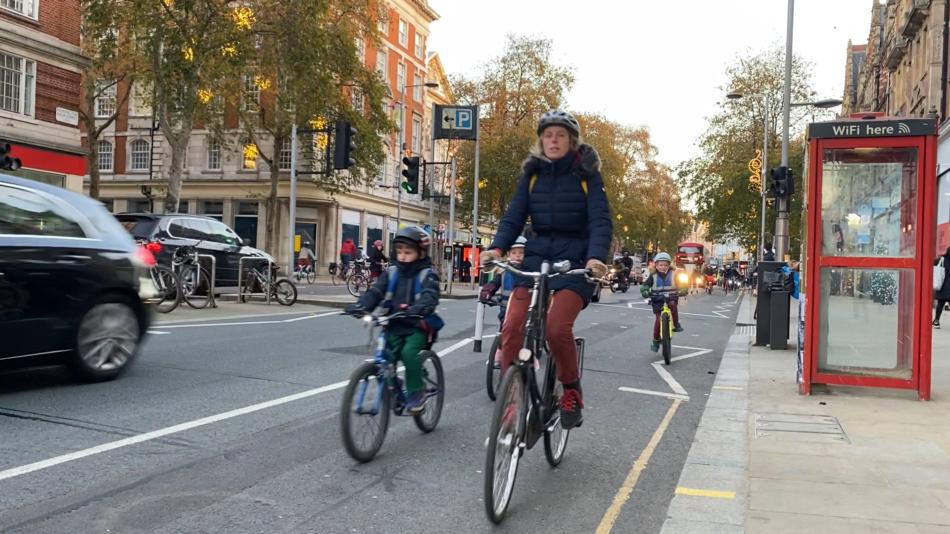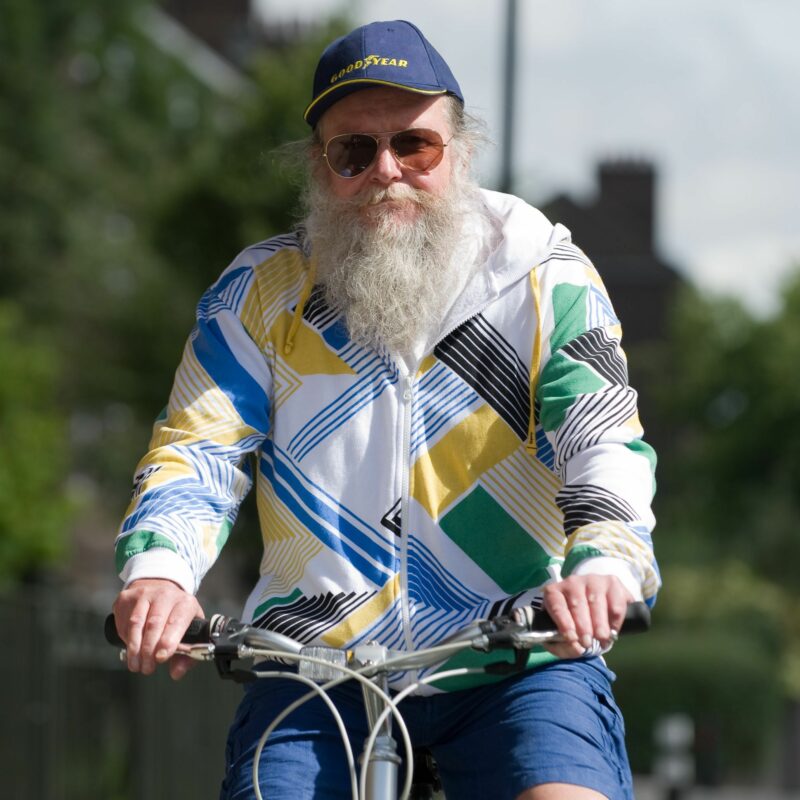

Helmet wearing is not a legal requirement in the UK – and there are good reasons why not.
We, like Cycling UK and Sustrans, oppose the government making helmet use compulsory while cycling. Data gathered by Cycling UK shows compulsory helmet wearing laws, such as those in Australia and parts of Canada, are often accompanied by falls in cycle use. Some studies have found that those who can’t afford helmets and women are particularly impacted. Cycle use may recover over time but requires additional investment and countries with compulsory helmet laws have cycling levels that are a fraction of the cycling levels of the Netherlands or Denmark, who promote safety through infrastructure.
The overall result of compelling those who cycle to wear helmets is that any safety gains/collision severity reduction of doing so is far outweighed in public health and other terms by the lower levels of cycling in general caused by such a move.
As studies have shown, the health benefits of regular cycling far outweigh the dangers.
Cycling itself is a safe and healthy activity. It is only interaction with large, fast, heavy vehicles that creates a hazard for everyday cycle users, which is why we campaign to create a London-wide network of protected cycle lanes on busier roads, and streets where through traffic is restricted.
It is far more important for people’s health that people cycle at all, than that they wear helmets while they do so.
Chris Boardman MBE, National Active Travel Commissioner and chair of Active Travel England, writes in his blog that helmet wearing is “not even in the top 10 of things you need to do to keep cycling safe or more widely, save the most lives… Where you have the highest rate of helmet use, you also have the highest rate of head injury: us and the US.”
Boardman also points out that only 0.8% of Dutch cyclists wear helmets, yet as a nation they have the lowest rates of head injuries while cycling of all countries – due to their infrastructure.
We endeavour through our website, magazine and social media to show real-world situations, with people both wearing and not wearing helmets.
Cycle helmets are designed to protect against falls at low speeds (up to 12 mph). They are not designed for collisions at higher speeds with motor vehicles.
This is why LCC works to reduce road danger by reducing the interaction of cyclists with large vehicles, and by tackling problems like blind spots in lorries, poorly designed junctions and high-speed rat running traffic.
In countries where cycling accounts for a large percentage of trips, helmets are only worn by a very small minority of riders, yet the rate of fatalities per mile is significantly lower than in the UK. Good quality, physically separate cycle lanes have helped these countries both grow cycling numbers and to establish high safety levels without compulsory helmet laws.
You may consider wearing a cycle helmet when doing an activity where there’s a high chance of a fall at relatively low speed – for instance when competitive mountain biking, or BMX riding.
We stand up for a better city
From protected cycle lanes and Low Traffic Neighbourhoods to junctions and lorry design, discover our work to make cycling truly safer for everyone.

BECOME A MEMBER
Thanks to our 12,000 members, our voice is heard and we effect real change.
If you cycle in London please consider joining today. You'll be supporting our work and receive a host of benefits.
KEEP UP TO DATE
